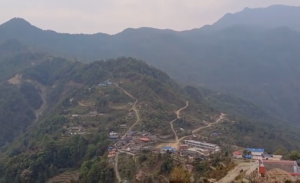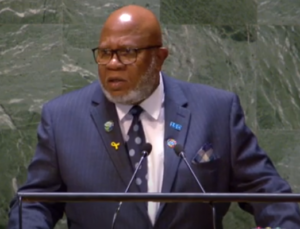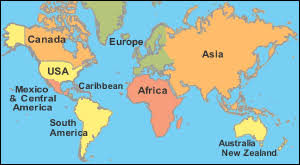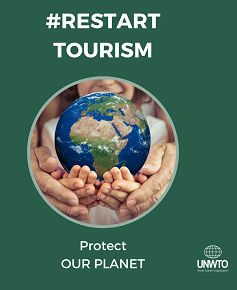Infrastructure – The Need for Reform
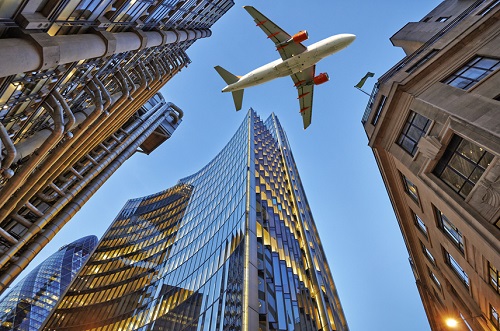
By Alexandre de Juniac —–
We are headed for an infrastructure crisis.
Many of the world’s airports are operating at or beyond their design capacity. The provision of air navigation services in major markets like the United States, Europe and China is struggling to keep pace with the technical capabilities to manage demand at optimum efficiency.
And we don’t see governments preparing to make the investments today that will be needed to cope with future growth—especially as major infrastructure planning cycles are now measured in decades.
There is also a crisis in the cost of infrastructure and Europe, unfortunately, provides the example. Over the last decade, passenger charges on the average one-way ticket have more than doubled—from €16 ($19) to €33 ($39). Over the same period the airfare portion of the average ticket price fell.
Why these divergent courses? The bluntest explanation rests on pure market forces.
Airlines are subjected to intense competition. So they are in a constant search for the efficiencies needed to make a more compelling price offering to their customers.
Airports, on the other hand, are not subjected to the same competitive pressures. With very few exceptions, there is no choice of airports.
If you want to fly to Amsterdam, for example, Schiphol is your only choice. And when it looks like there might be competition as in Paris, you find that Orly and Charles de Gaulle have the same owner.
Airports are critical partners for airlines. Without them, airlines would literally have no place to take their passengers.And we are working in partnership with airports to make improvements in key areas such as security, the environment, and the passenger experience.
But when it comes to charges, the market power of airports is dominant. And that is reflected by European airports, which, despite a light-handed airport charges directive trying to promote efficiency, still managed to double their passengercharges.
The good news is that the European Union (EU) is set to consider reviewing its airport charges directive. And airlines (the main customer of the airports) are asking, in no uncertain terms, that it be substantially strengthened.
Strengthened regulation will, in the first instance, protect passengers. Had European charges remained at 2006 levels we estimate that 50 million more people would be flying in Europe today. And that would pay big dividends by creating some 238,000 jobs and adding €50 billion to the continent’s GDP.
Those are figures that EU regulators should find hard to ignore. Our goal is to find a regulatory regime that fairly balances the interests of airports, passengers, airlines, citizens and the economy.
If we can achieve that, it will be a hot export commodity. Other regions would have to take note. Because the challenges of high airport charges are in no way limited to what we see in Europe!
Alexandre de Juniac is CEO of IATA
Source: IATA
Jan. 9, 2018



